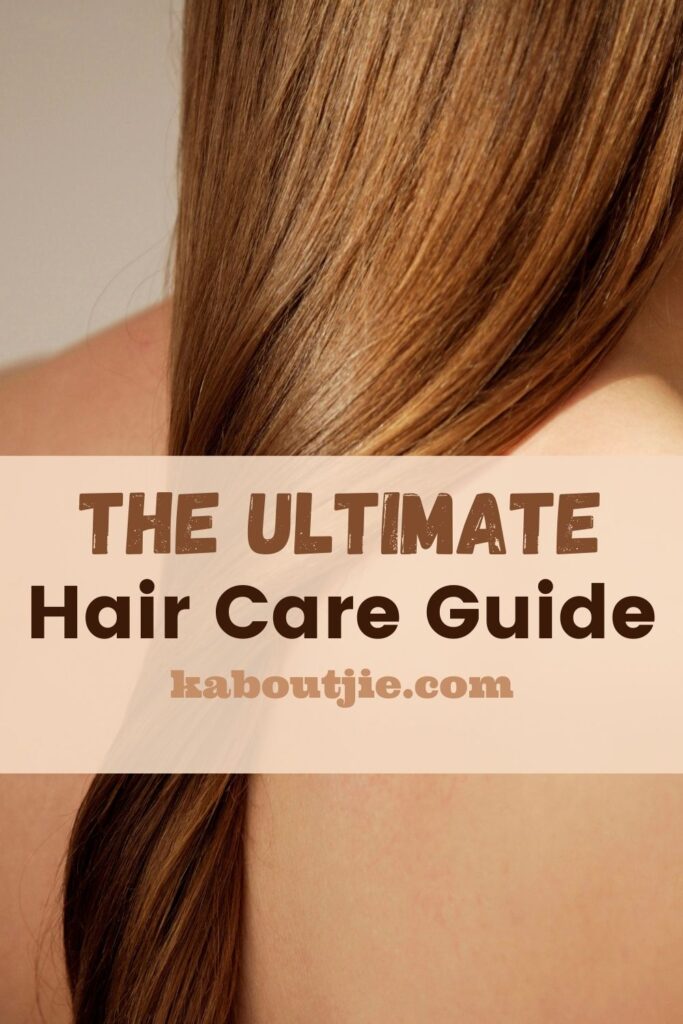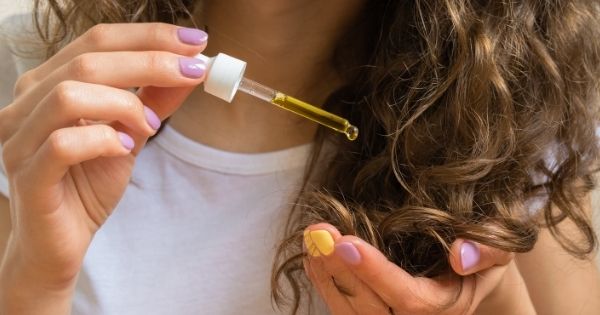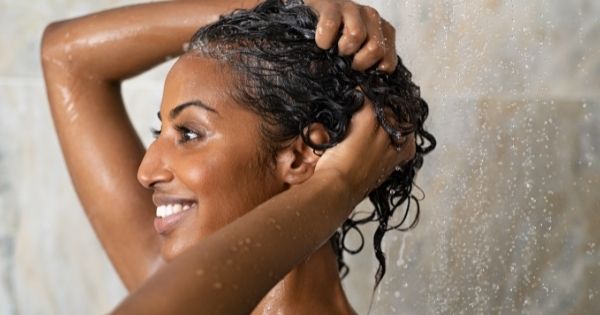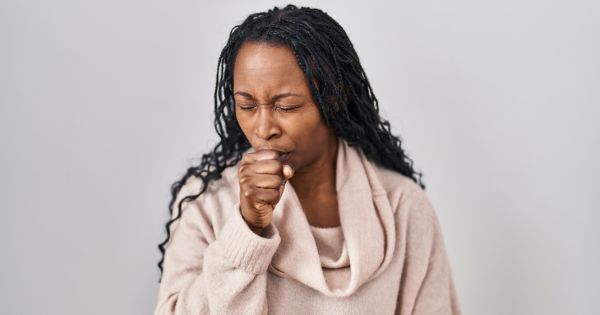Ladies, you were brought here by the cosmic force of the internet for an important reason. Are you worried about your hair’s future? Is hair loss impeding your self-confidence? If you answered yes, then stop what you might be doing right now and take a few minutes to read this.
We are telling you; this article could very well just help you from losing those precious hair strands, get your confidence back, and help you achieve the happiest, healthiest hair of your life.

First Off: Why Does Hair Fall Even Happen?
Our hair goes through a life cycle that involves growth, resting, and shedding. According to the American Academy of Dermatology (AAD), it is perfectly normal to lose around 50 to 100 hairs per day. More than half of the female population are likely to experience genetic hair loss (female pattern baldness) before the age of 70.
But if you feel you are shedding more than usual especially if the loss is sudden, extreme, or in patches, it is best to see your doctor to determine the root cause of the problem.
There are several contributing factors to hair loss or thinning. These include:
Medical conditions
- scalp disorders or infections
- hormonal changes (pregnancy, childbirth, menopause, thyroid issues)
- medical treatments (like radiation treatment for cancer)
- medications and supplements (those used for cancer, high blood pressure, depression, or arthritis)
- immune system disorders or deficiencies such as diabetes.
Lifestyle habits
- too many hair treatments (color treatments, perms, relaxers, etc.)
- overuse of styling products (gels and sprays, temporary colors)
- hair styling (tight ponytails, hair clips, or cornrows)
- stress (physical or emotional)
The medical route: To do or not to do?
Undergoing treatment or taking medication is an option, albeit possibly a costly one, to slow down hair loss or to stimulate hair growth. Just be mindful of possible side effects and be sure to check in with your health physician first before you decide to take on any.
Some of these options include:
-
Medical Treatments
Laser Therapy: Those who experience hair loss due to genetics or chemotherapy may benefit from red light therapy. These low-level lasers, costing between $200 to $600, help improve hair density by stimulating epidermal stem cells. It may take several treatments though before results become evident.
Platelet-rich Plasma: These scalp injections help stimulate growth in areas already impacted by hair loss. It works by running blood through a centrifuge to separate Studiesthe platelets before it is injected into the scalp. A session costs around $500 to $1000.
Medications
Minoxidil: This is an over-the-counter (OTC) drug in liquid or foam form which is applied to the scalp daily. While proven to work for two-thirds of women who try it, possible side effects may include scalp irritation and acne at the site of application, irregular heartbeat, and blurred vision. It is also known as Rogaine.
Finasteride: Also goes by Propecia, this is a prescription pill that may help slow hair loss and possibly promote new hair growth. However, women who are or trying to get pregnant should avoid this medication.
Both drugs are well-known within the hair loss community to be effective. However, a number of users reported multiple side effects such as lower sex drive, dizziness, chest pains among others. If you want to try a safer option, see alternatives to minoxidil.

So, any natural hair loss prevention tips?
Once you have figured out the primary cause of your hair loss, or if you wish to just prevent it altogether, there are many simple and natural ways you can do to have and keep covetable, beautiful hair.
Here are some tips to help strengthen, enhance, and boost your hair’s growth and health:
What You Eat Becomes You
This cannot be stressed enough, hence this is point numero uno. We must take special care of what we put in our bodies as these will affect every part of us – our energy level, bodily functions, cell activity, and overall health. Yes, this largely includes our skin and hair as well.
- Protein is queen: Your hair is primarily made up of, you guessed it: protein. Inadequate protein can result in weak, brittle hair and loss of hair color. Try to reach your recommended daily protein intake of around 50 to 60 grams by including food like eggs, lean meat, nuts, seeds, beans, and legumes in your diet.
- Omega loves it: Omega-3 fatty acids improve your scalp health by stimulating your hair follicles and sebaceous glands. These are mostly found in cold-water fish (like salmon, sardines, or herring), flax seeds, yogurt, and cottage cheese. They also help fight autoimmune diseases (i.e. alopecia areata).
- Zinc it through: Zinc is vital when it comes to hair tissue growth, repair, and oil glands. In fact, studies show that zinc deficiency is linked to hair loss. Counter this by eating nuts, fruits, vegetables, leafy greens, wheat germ, pumpkin seeds, and lentils. Do not forget to drink lots of water, too!
Eating the food variety mentioned above will also greatly help you reach your vitamin and mineral needs (vitamins A, B, C, D, E, and iron) to achieve healthy and strong hair. Do not be overwhelmed though. If you feel your diet may still be lacking, consider taking a multivitamin to help you achieve this.
Know your hair
We are all different. Knowing your individual needs and personal preferences come into play when it comes to hair care, too. You need to consider a few things to help you determine how to best care for your locks:
- What is your hair like: Ever wondered why some beauty and styling products work for you while some do not? It is not a matter of luck or price range, but a matter of using products created specifically for your hair’s type and texture. Find out yours so you can be sure that your strands always look and feel their best.
- How often you wash: Those who possess an oily scalp may find themselves washing their hair on alternate days, while those with dry hair only do it around twice a week. This also depends on your activity levels. If you work out a lot, you may need to adjust your hair care routine accordingly.
- Choosing the right shampoo: Using shampoos with harsh ingredients can cause significant and lasting damage. It strengthens and rebuilds damaged hair while ensuring a clean, healthy scalp.
- Don’t forget the conditioner: Conditioner is crucial to keeping your hair soft, shiny, and manageable. Comb it through your hair for even distribution and leave it in your hair for two to three minutes before rinsing out.

New You = New Hair
Our lifestyle contributes largely to our hair health. If we want shiny, beautiful, healthy hair, then we need to watch out for or cut out these habits and start making smarter ones. We did not say this hair journey will be easy but making these changes will be oh so worth it!
- Watch the alcohol: Excessive alcohol consumption dehydrates you, interferes with our bodies’ absorption of essential vitamins and nutrients, and disrupts our much-needed beauty sleep, all of which can cause hair loss. So, just stick to that one glass and stash that bottle away, love!
- Stress causes a mess: Stress is a leading cause of many health disorders and diseases. Three types of hair loss are linked to stress: Telogen effluvium, Trichotillomania, Alopecia areata. Trust us, pronouncing these correctly is a lot easier than dealing with them. Relax, and do some yoga!
- Caution, Wet Hair: Wet hair is three times more vulnerable to breakage. Do not rub it or comb it too much. Let it air dry when possible, or use a t-shirt and wrap your hair turban-style. To detangle, use a wide-tooth comb instead of a brush. And avoid using very hot or very cold water when washing.
- Proper Mane-tenance: A little care goes a long way! Minimize harsh, hot hair treatments and styling products. If you are going to dye your locks, choose a shade that’s within three shades of your natural color. And get your hair trimmed regularly, every 10 to 12 weeks or so, to keep hair healthy and prevent split ends.
- Scalp Massage: Increasing the blood circulation in the scalp helps boost its health and condition. After washing, a 4-minute daily scalp massage, coupled with a good hair growth serum, can increase hair thickness and strength over time. Use your fingers by applying pressure in circular motions.
In a nutshell… finally!
Our crowning glory deserves and needs a lot of love and attention to keep it shining at its best. From minimizing heat and treatment damage and over washing, eating a healthy and balanced diet, using the right hair care products, to minding our lifestyle habits – all these practices will help tremendously to boost your hair and scalp’s overall health in the long run.
Do not lose heart. You will soon find yourself (and your hair) in the greatest and most beautiful condition you have ever been in!
 Kaboutjie SA Mommy Blogs by Lynne Huysamen
Kaboutjie SA Mommy Blogs by Lynne Huysamen





Amazing tips
I love my long hair..hair falling alot though..and damaged through stripping. will try these tips out.